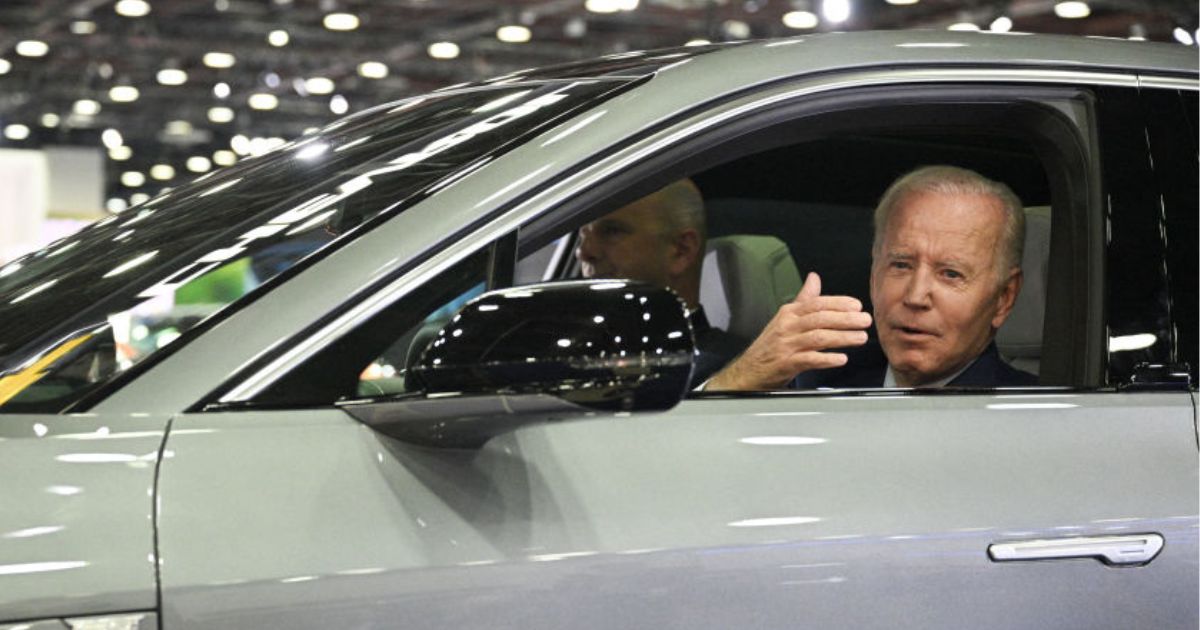Electric Vehicles Create Hazardous Situation for LA Fire Cleanup, Delay Homeowners’ Return to Properties
The article discusses the complications that electric vehicles (EVs) introduce during crises like the recent wildfires in Los Angeles. With a notable number of Teslas operating in the area, the presence of lithium batteries poses clean-up challenges due to their toxic materials, complicating the return of residents to their properties after evacuations. Firefighters have reported difficulties managing fires stemming from these batteries,which can burn longer and more intensely. The situation is further exacerbated by the shutdown of electric grids during the evacuations, leaving EV owners stranded without charging options, unlike gas-powered vehicles that have more readily available refueling stations. The article raises concerns about the state government’s push towards phasing out gas-powered vehicles by 2035, questioning its feasibility and the implications for residents amidst such disasters. It emphasizes the need for a reassessment of these policies considering the challenges presented by EVs during emergencies.
Electric vehicles present an extra layer of complexity when dealing with the Los Angeles wildfires.
On Friday, Bloomberg reported that victims of the wildfires looking to return to their properties may have to wait because of EVs, hybrid vehicles, or battery storage systems.
The lithium batteries used in those cars and systems contain toxic materials requiring special clean-up procedures.
Pacific Palisades state Assembly Member Jacqui Irwin told Bloomberg, “A lot of the cars in the evacuation area [had] lithium batteries.”
She explained what firefighters were experiencing in dealing with the problem.
“We’ve heard from firefighters that those lithium batteries burned fires near homes — like those with power walls — for much longer,” he said.
Bloomberg — citing S&P Global Mobility — reported that there were 431,000 Teslas operating in the LA area as of October 2024.
San Diego firefighter Robert Rezende said lithium-battery cleanup procedures used after the August 2023 Maui fire will be used in LA, but the California situation is a much larger catastrophe.
Electric vehicles had already proven problematic during the initial outbreak of the wildfires.
With evacuation orders in place, residents naturally rushed to their vehicles. But authorities had opted to shut off electric grids in affected areas to minimize additional fire risk, presenting difficulties for those who needed to charge their vehicles.
Los Angeles attorney Matthew Butterick told the Los Angeles Times how he predicted those issues would play out.
According to Butterick, where gas-powered cars can leave the area in any direction with widely available gas stations, EVs have to use routes that have charging stations, leading to delays and long lines from other owners looking to charge up.
Whatever the case for the owner, an EV presents unique problems.
If you leave your vehicle behind, your return home could be delayed.
If you try to evacuate in your EV, you’re going to find other issues in finding a charging station, should your battery run low.
If the consumer chooses an EV for themself, so be it, but the government’s job should not be to force them on anyone, especially after these recent events.
California Democratic Gov. Gavin Newsom’s executive order phasing out new gas-powered vehicles by 2035 is already too far, but how will Californians feel about that order now?
Only new leadership with a new vision can turn this state around.
Advertise with The Western Journal and reach millions of highly engaged readers, while supporting our work. Advertise Today.
" Conservative News Daily does not always share or support the views and opinions expressed here; they are just those of the writer."




